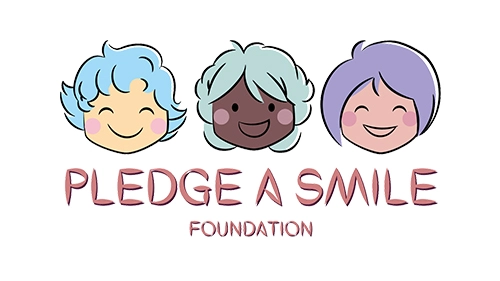India has a population of 1.38 billion people, making it the world’s second-most populated country, immediately after China. Children make up a substantial portion of this group. According to an article in Humanium, “73 percent of children in India live in rural regions, where they often have limited access to basic requirements such as nutrition, healthcare, education, and protection.” Why are children’s rights in India so difficult? Does this mean that children should continue to be denied these rights due of cultural norms and traditions? Should they give up on living a normal life if it’s because of ineffective administrative support? These are the kinds of questions that must be asked in order to advocate for real change.
Let’s take a look at some numbers. “High levels of hunger (38.4% of children are stunted), poor learning results (only 42.5% of children in grade three can read a grade one text), vaccine-preventable diseases, and child labour persist,” according to UNICEF. Due to their socioeconomic position in society, children from impoverished, rural, and marginalised populations suffer difficulties such as child marriage, malnutrition, poverty, lack of access to education, water, and sanitation, and poor learning outcomes. In comparison to their male counterparts, adolescent girls are subject to gender discrimination and are denied access to decent nutrition, pregnancy, and early marriage, according to the report. “India has the world’s greatest population of child brides. In terms of the prevalence of child marriage, India ranks fourth among the eight South Asian countries (after Bangladesh, Nepal, and Afghanistan). The prevalence of violence against girls, particularly sexual abuse and trafficking, is worrisome. Gender and social exclusions, on the other hand, are frequently embedded in society’s cultural norms and values. Only by overhauling and redesigning India’s population’s thinking will these numbers improve for the better. This isn’t an easy process, to be sure.
The fact that just 41% of births in India are properly recorded is one of the most fundamental difficulties. Because they are not listed on official records, it is difficult for them to register for child-focused social protection programmes and schemes. It is not enough to just introduce rights; they must be properly implemented. However, as the numbers show, these problems are caused by a multitude of factors, all of which are difficult to resolve. A girl child who is discriminated against at home and does not receive an education may require assistance in social justice, such as gender equality, which is more difficult to achieve than an economic problem such as a lack of funds, because it necessitates a change in how people behave. While societal improvements are necessary for children’s empowerment, they can only be hastened by government efforts. Mid-day meals have improved the number of children attending school, and the ‘Beti Bachao Beti Padhao’ campaign has aided in gender sensitization and empowerment. Even the poorest of children can live a healthy life thanks to free immunisation efforts like the polio vaccination. Only the government’s and citizens’ united efforts can secure a safe area for future generations, a place where they can grin freely.
